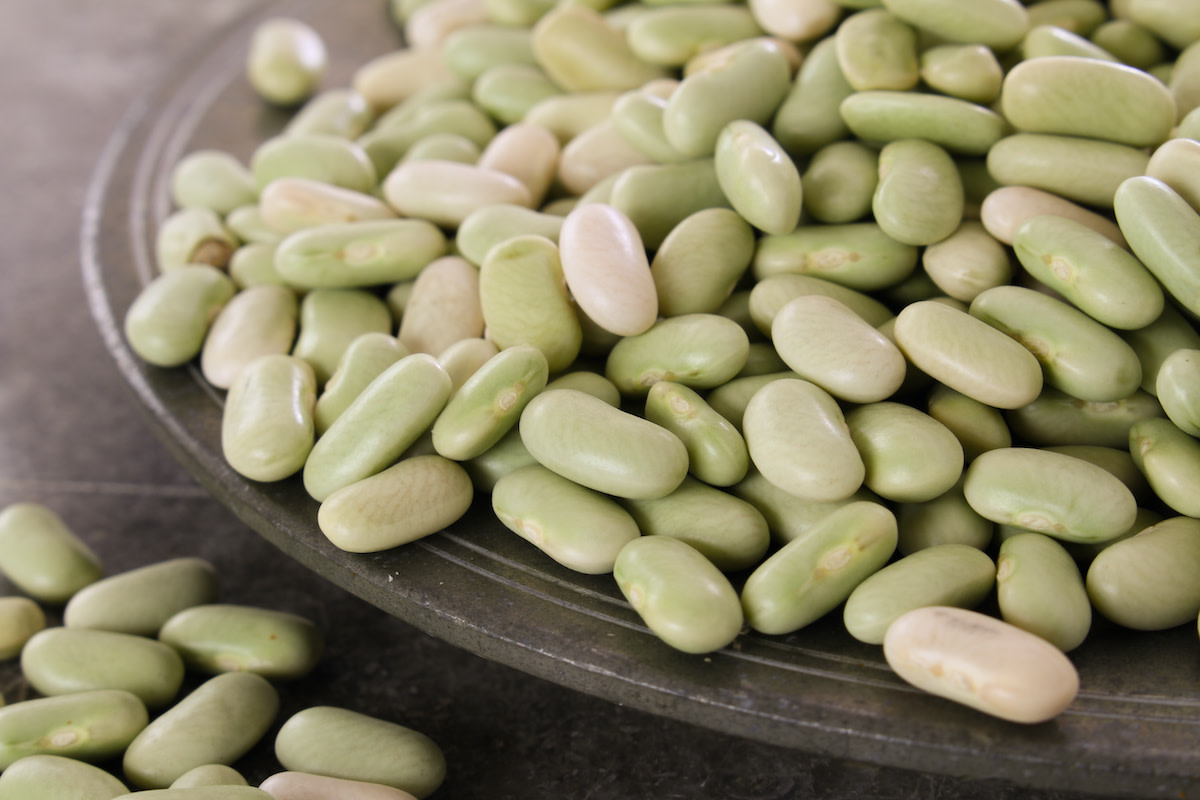
What is a flageolet? A flageolet is a small, end-blown flute that has charmed musicians for centuries. Originating in France during the 16th century, this instrument is known for its sweet, bird-like tones. Flageolets come in various types, including the French and English versions, each with unique characteristics. The French flageolet typically has six holes, while the English version usually features seven. Musicians often use flageolets in folk music, classical compositions, and even modern genres. Despite its simplicity, mastering the flageolet requires skill and practice. Whether you're a seasoned musician or a curious beginner, learning about this fascinating instrument can be both fun and rewarding.
What is a Flageolet?
A flageolet is a small woodwind instrument, similar to a recorder. It has a rich history and unique sound that has captivated musicians for centuries. Let's dive into some fascinating facts about this charming instrument.
- The flageolet belongs to the fipple flute family, which includes instruments like the recorder and tin whistle.
- It typically has six finger holes, though some variations have more.
- The instrument is known for its sweet, clear tone, making it popular in folk and classical music.
- Flageolets are usually made from wood, but some modern versions are crafted from plastic or metal.
- The name "flageolet" comes from the Old French word "flageol," meaning a small flute.
- The instrument dates back to at least the 16th century, with early versions found in France and England.
- Famous composers like Henry Purcell and George Frideric Handel wrote music specifically for the flageolet.
- The flageolet was a favorite among shepherds, who used it to play melodies while tending their flocks.
- It was also popular in the courts of Europe, where it was played by professional musicians.
- The instrument's design evolved over time, with 18th-century versions featuring keys to extend its range.
Different Types of Flageolets
There are several types of flageolets, each with its own unique characteristics. Here are some of the most notable variations.
- The French flageolet is the most common type, known for its small size and delicate sound.
- The English flageolet is slightly larger and has a more robust tone.
- The double flageolet features two pipes, allowing the player to produce harmonies.
- The bird flageolet is a tiny version used to mimic bird calls.
- The flageolet d'amour, or "flageolet of love," has a softer, more romantic sound.
Famous Flageolet Players
Throughout history, many musicians have been drawn to the flageolet. Here are a few notable players.
- Jean-Baptiste Lully, a French composer, was known for his skill on the flageolet.
- Michael Praetorius, a German composer, included the flageolet in his works.
- Joseph Bodin de Boismortier, a French composer, wrote several pieces for the instrument.
- The English musician Samuel Pepys mentioned playing the flageolet in his famous diary.
- The 19th-century virtuoso flageolet player, Collinet, was celebrated for his performances across Europe.
The Flageolet in Modern Times
While the flageolet is not as widely known today, it still has a dedicated following. Here are some modern facts about the instrument.
- Contemporary musicians use the flageolet in folk, classical, and even experimental music.
- Some modern flageolets are designed with tuning slides to adjust pitch.
- The instrument is often featured in historical reenactments and period films.
- Flageolet music is still taught in some music schools and conservatories.
- The instrument has a small but passionate community of enthusiasts who share music and techniques online.
Fun Facts About the Flageolet
Here are some quirky and interesting tidbits about the flageolet that you might not know.
- The flageolet was sometimes used as a teaching tool for young musicians learning the recorder.
- It was once believed that playing the flageolet could improve lung health.
- Some flageolets have decorative carvings and inlays, making them beautiful as well as functional.
- The instrument's small size makes it easy to carry, perfect for traveling musicians.
- Flageolets have been found in archaeological digs, providing insight into historical music practices.
- Despite its age, the flageolet continues to inspire new compositions and arrangements.
The Final Note on Flageolets
Flageolets are more than just a musical instrument or a type of bean. They have a rich history, unique characteristics, and a special place in both culinary and musical worlds. From their origins in France to their role in classical music, flageolets offer a fascinating glimpse into cultural traditions. Whether you're a food enthusiast or a music lover, there's something intriguing about these little wonders.
Their versatility in recipes and the distinct sound they produce make them stand out. Next time you come across a flageolet, you'll know there's a lot more to it than meets the eye. So, whether you're cooking up a storm or enjoying a musical piece, remember the flageolet's unique charm. Dive into their world and appreciate the blend of history, culture, and art they bring to the table.
Was this page helpful?
Our commitment to delivering trustworthy and engaging content is at the heart of what we do. Each fact on our site is contributed by real users like you, bringing a wealth of diverse insights and information. To ensure the highest standards of accuracy and reliability, our dedicated editors meticulously review each submission. This process guarantees that the facts we share are not only fascinating but also credible. Trust in our commitment to quality and authenticity as you explore and learn with us.
